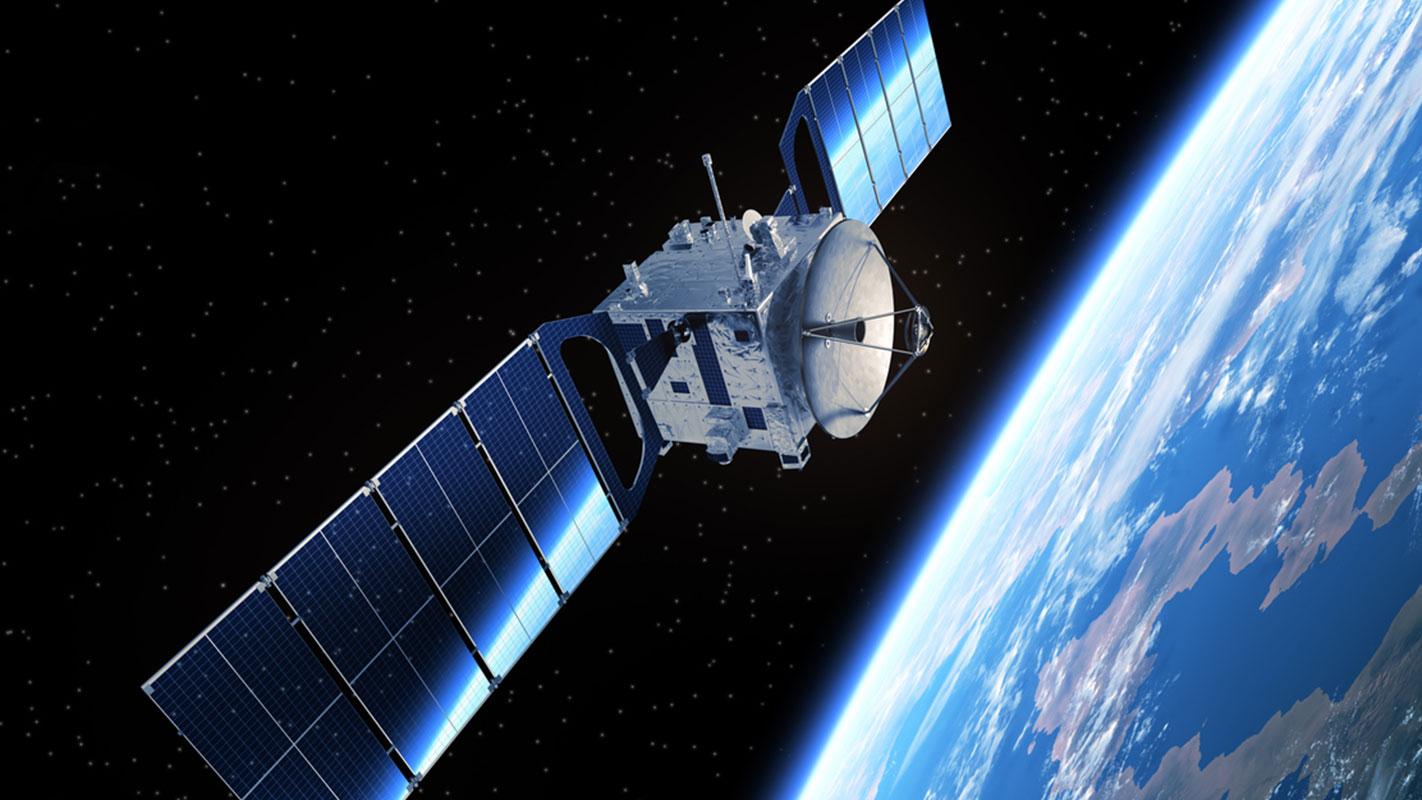A Day in the Life of KBR’s Intel and Cyber Team
As the stars come out at night, KBR mission specialists prepare a military satellite to join them. These employees design, build, and make sure the satellite is properly secured to the rocket that will launch it into space.
And, the countdown begins - 3…2…1… Blast off!
Launching satellites into space is just one aspect of KBR’s Intelligence and C4ISR Systems Team. With its broad portfolio, the team assists U.S. and commercial customers in the intelligence and defense sector all over the world.
KBR’s team provides customers expertise in systems engineering, aerospace and cyber operations, and command, control, communications, computers, intelligence, surveillance, and reconnaissance (C4ISR) systems.
“Like the old British empire, the sun never really sets on our national security operations,” said Ron Merritt, director of KBR’s Intelligence and C4ISR Systems Team. “We have about 250 employees serving around the world working on everything from satellites to cyber defense.”
From remote islands to Washington, D.C., the Intelligence and C4ISR Systems Team assists programs that range in nature from science to national security. As the world turns, here’s a glimpse into the team’s operations in a typical day.
Critical ops from sunrise to sunset
As the sun rises over the Virgin Islands, a KBR employee is reviewing an application package of a young Army National Guard intel recruit. Later, the employee will meet with the recruit to discuss areas for improvement before heading to boot camp.
KBR employees help with the onboarding process of Army National Guard recruits in the U.S. and abroad. They input critical information into databases, review candidates’ paperwork, and direct them to resources to prepare them for boot camp.
“Our employees, many of whom are retired Army recruiters, make sure these candidates are prepared mentally, physically, and administratively for boot camp. We strive to assist the Army National Guard in improving the success of its recruiting program,” said Merritt.
It’s mid-morning in Southeast Virginia. Cyber analysts are monitoring the Navy’s global networks. They have a 24/7 mission watching these networks for potential threats to Navy systems. KBR’s Intelligence and C4ISR Systems Team assists the Navy in carrying out defensive cyberspace operations.
Around lunchtime, KBR software engineers are writing code for a naval messaging system for the U.S. Fleet Forces Command in Norfolk, Virginia. These employees work in the Maritime Operations Center (MOC) and make sure its networks are correctly installed, operating, and updated.
As part of this center, KBR’s team plays a vital role in enabling the Fleet Forces Command to train, certify, and provide combat-ready Navy forces to combatant commanders. These forces conduct prompt, sustained naval, joint, and combined operations supporting U.S. national interests.
At 2 p.m. in Washington D.C., engineers are laying out plans for a new satellite for the U.S. Naval Research Laboratory (NRL). At this laboratory, employees help design and build satellites. They also transport them to launch sites and install them onto launch vehicles, such as rockets or missiles. KBR has helped the NRL design, build, and test spacecraft for more than 30 years.
KBR has partnered with the laboratory on various space projects, such as the Robotic Servicing of Geosynchronous Satellites (RSGS), Titan Launch Dispenser (TLD), Tactical Satellite-4 (TacSat 4) and Clementine satellite. The company has also supported the Tether Physics and Survivability (TiPS) satellite, Microelectronics and Photonics Test Best (MPTB) and WindSat payload.
It’s 4 p.m., and a mission specialist is remotely monitoring satellite telemetry as she sits on console at a military base in the Southwest. She fires the thrusters to maneuver the satellite into the correct position in orbit.
This employee is part of the KBR team that provides end-to-end mission operations support for military satellites and overhead systems. From launching the satellite to guiding it back to Earth, KBR employees support all aspects of flight operations around the clock.
“This is an ongoing process because once you get a satellite into orbit it doesn’t just stay there,” said Merritt. “The satellite may be impacted by drag, encounter natural interference from solar storms, or experience flight disruptions from man-made activity or even space junk. Our team must provide a 24/7 watch to ensure the satellite stays on course and properly oriented to execute its assigned mission.”
As the sun begins to set, cybersecurity engineers at the Navy Surface Warfare Center in Port Hueneme, California put the final touches on an authorization package in the Enterprise Mission Assurance Support Service (eMASS) system, a government tool for information system assessment and authorization. The specialized engineers are experts in the Risk Management Framework (RMF) process and work to ensure that U.S. Navy networks comply with federal security regulations. Their work helps secure critical computer networks to better protect America’s interests at home and abroad.
All in a Day’s Work
KBR lends its wide breadth of expertise to customers all over the world. Its employees keep U.S. defense and civilian programs connected, protected, and at the forefront of technology. Whether flying satellites or monitoring cyber threats, it’s all in a day’s work for KBR’s Intelligence and C4ISR Systems Team.






